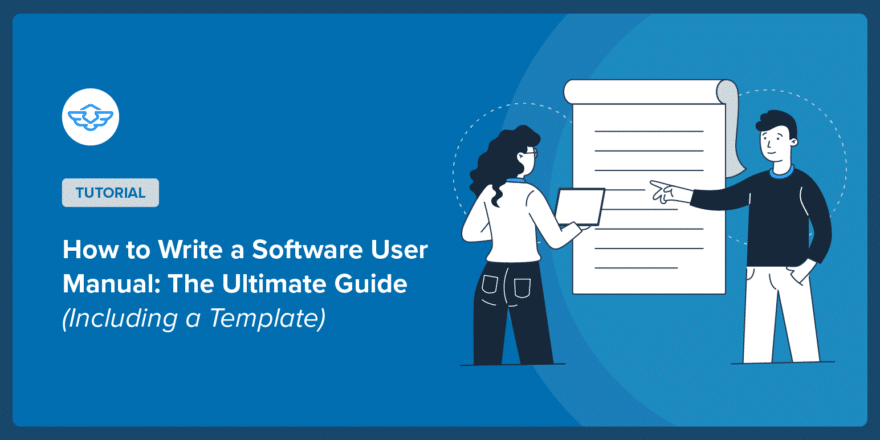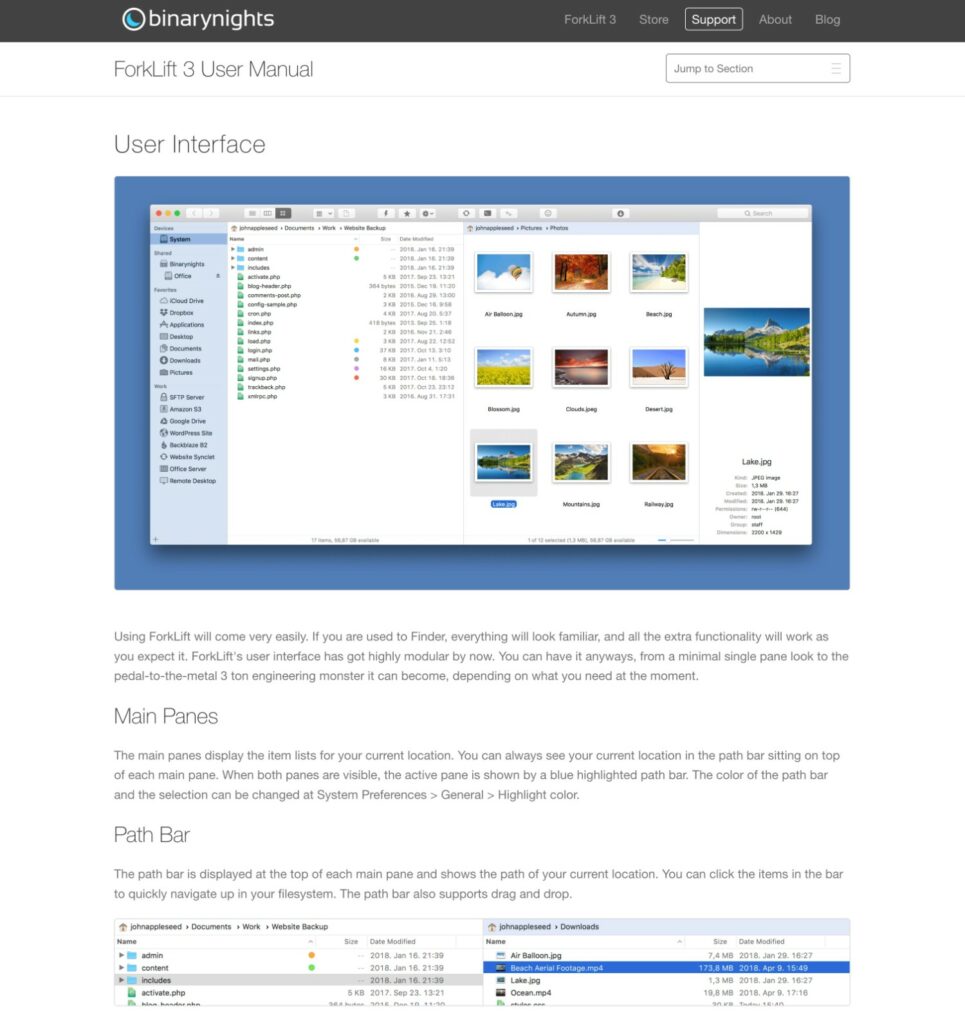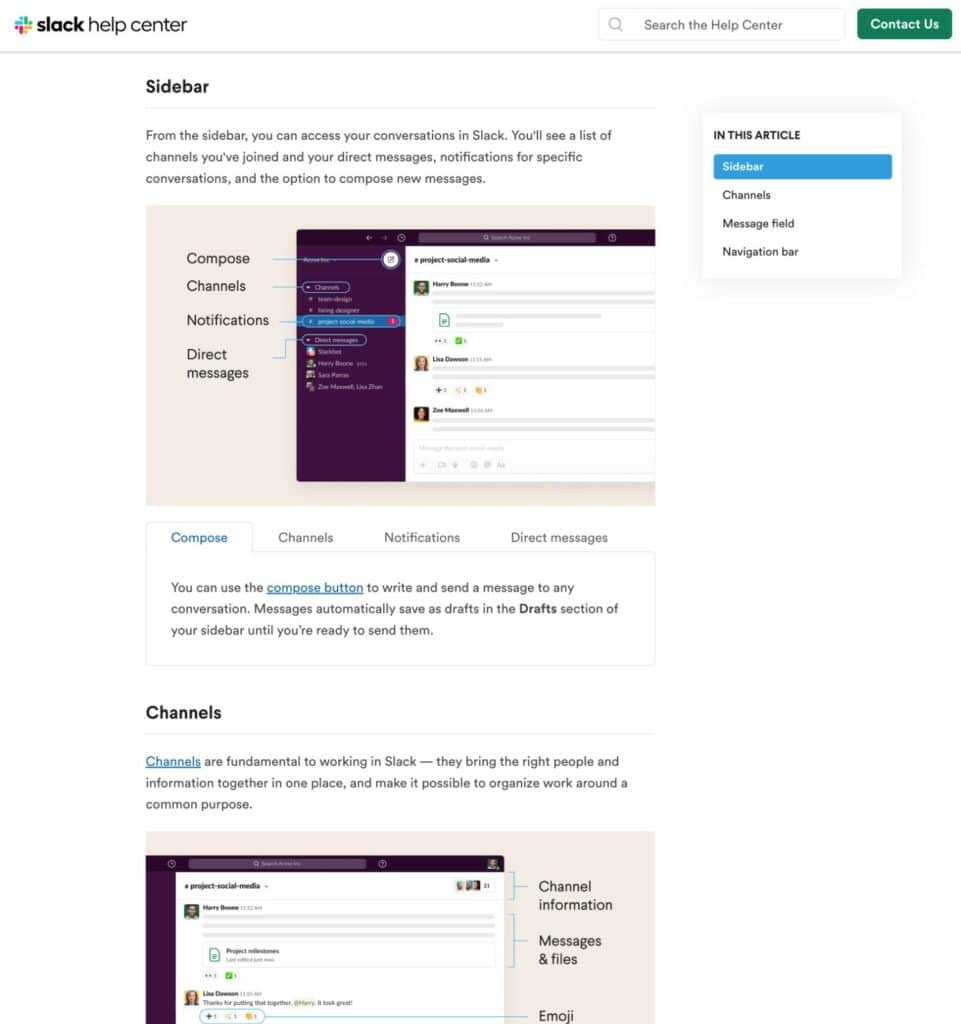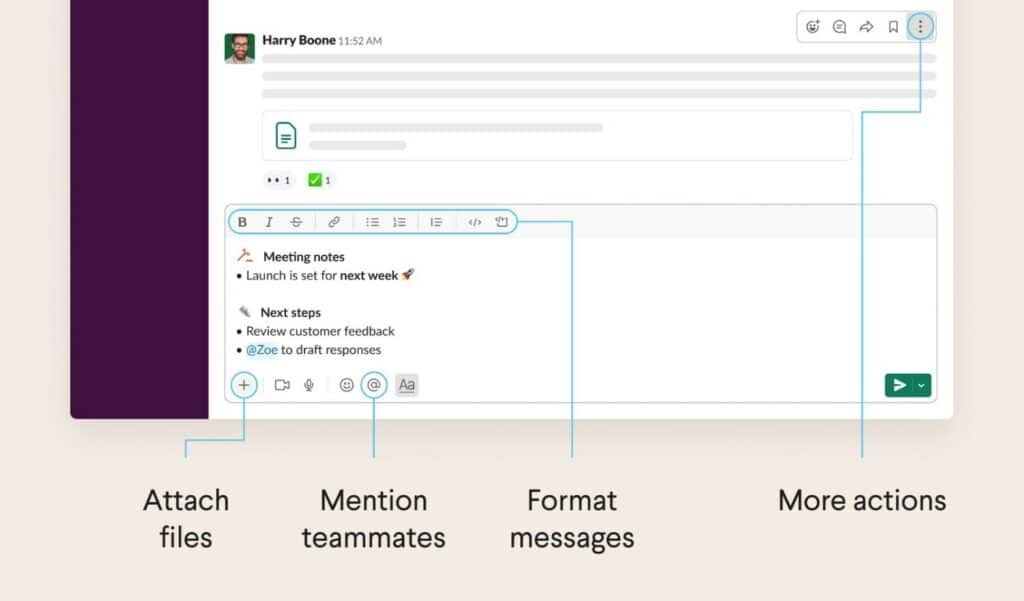

Not sure how to write a software user manual for your product?
If you want to help your users get the most value from your product in the most efficient way possible, creating a quality software user manual is a great place to start.
By giving users the content that they need to learn and troubleshoot your product by themselves, you can help them be successful without them needing to reach out to your human support channels.
This doesn’t just make things easier for your users, but it can also cut down on support requests at your business, which saves you time and money.
So – how can you create the perfect software user manual for your users? That’s the purpose of this guide.
To help you get up and running, here’s everything that we’re going to cover in this post:
We rigorously test and research every product that we recommend through HeroThemes. Our review process. We may also earn a commission if you make a purchase through our links.
A software user manual is documentation that provides information on how to use and manage your software app or product.
Your software user manual can include getting started guides, instructions, glossaries, troubleshooting tips, and other similar types of content.
Basically, it includes all of the information that your users need to get value from your software.
Typically, it will start with installation steps, then cover a general overview of the interface and how to use different features, and then dig into troubleshooting and FAQs if needed. Again, we’ll share a more detailed software user manual template below.
To see a software user manual example, you can look at the Forklift 3 User Manual, which jumps right into the interface explanation.

For another example, you can look at Slack’s Getting Started content, which also jumps straight into explaining the Slack interface.

There are two big reasons to create a software user manual for your product:
Now, let’s get into the general step-by-step guide for how to write a software user manual. In the next section, we’ll also go over some best practices for the actual content in your user manual.
If you’re interested in a more general look at these topics, we also have a guide on how to create any type of user manual.
Before you start creating any content for your manual, you’ll first want to properly map out the structure of your manual.
To make your manual as comprehensive as possible, you might want to bring together multiple key stakeholders to help you do this.
For example, this could include customer success, sales, and so on – anyone who has knowledge of how to help users get as much value as possible from the product. In some cases, you also might need to bring in more technical staff to help with more advanced details.
Of course, if you’re running a solo project, you’ll be wearing all of these hats yourself. That’s the joy of being a solo founder.
Once you have the relevant knowledge holders in place, you can build the outline of your user manual.
For a rough software user manual template, you can follow something like this…
You don’t have to follow this software user manual template exactly – it’s just a starting point to give you an idea of what you might want to include.
Once you have your outline, you’re ready to start creating your software user manual content.
The bulk of your content will be text, but don’t forget to include relevant images, GIFs, and videos, as well.
While this step will probably take the most time, we’re keeping this section brief for now because, in the next section, we’ll share some software user manual best practices to help your team create effective user manual content.
Who writes your content will depend on the size of your organization and the complexity of your product. If you don’t have a dedicated technical writer on staff, you might need to assign the content to your customer success team or technical team, depending on the complexity of your software.
Or, if you’re a solo founder, you’ll probably be the best person to write your manual content as you have the deepest understanding of your content. You can always hire an editor to help you improve your first draft.
Once you have the content for your software user manual, you need to publish your manual in a way that lets users easily consume it.
Most knowledge base or documentation software should work fine for a software user manual, though you can always code your own solution if you feel overly limited. Some businesses also publish a PDF version of the user manual in addition to the web version.
To see some great options for publishing the web version of your software user manual, you can check out our lists of the best knowledge base software and the best documentation tools.
If you’re looking for user manual software that gives you a solid feature list, full ownership over your content, and the flexibility to customize things to your needs, you can use our Heroic Knowledge Base WordPress plugin.

Heroic Knowledge Base is open-source software that extends the similarly open-source WordPress content management system (CMS) with all of the functionality that you need to publish your software user manual.
You’ll have full ownership over your platform, plus the flexibility to adjust every element as needed. But at the same time, Heroic Knowledge Base still includes built-in functionality for all of the important features that your software user manual needs:
Explore:
Creating a quality software user manual is not a “once and done” thing. Once you publish your manual, it’s important to still assign key stakeholders to update and revise your manual as needed.
In some cases, these updates could be required by a change in your software. For example, if you add a new feature or change your software’s interface, you’ll need to update your user manual to account for those changes.
In other cases, these updates could arise from user feedback. For example, if you see that users are confused by a certain article, you might update that article to make it more helpful.
Or, if you see that users are searching for a topic that doesn’t exist in your software user manual, you might need to create a new article to cover that topic.
Publishing your user manual with a tool like Heroic Knowledge Base will let you easily track these types of analytics so that you can monitor and improve your user manual content.
Now that you understand the basic process of how to write a software user manual, let’s go over some best practices for creating effective user manual content.
If you want to create helpful user manual content, it’s essential to know who you’re writing for:
For example, let’s say your software deals with Salesforce. If your target users are experienced Salesforce administrators, your content would look a lot different than if your target users are the salespeople themselves.
You’ll probably already have a good understanding of your target users from your existing work. However, if you’re not sure, you can use customer personas, surveys, and interviews to gain a deeper understanding.
We touched on this in the first step of the previous section, but it’s important to organize your user manual in an optimal way to make it easy for users to get value from your content.
There are different ways that you can organize your user manual, and you might use multiple approaches in different sections:
Again, it’s totally fine to use multiple approaches within your manual. For example, you might start by organizing things in a linear manner for the installation process.
But once you’ve covered installation and users can start applying your software in different ways, you might switch to a feature-based organization approach.
To make your software user manual as accessible as possible, it’s important to keep your writing as simple as possible.
Here are some things to keep in mind to make that happen:
While text content will form the foundation of your user manual, it’s important to also include images and videos where it makes sense.
The saying that “a picture is worth a thousand words” might be cliche, but it can definitely be true when you’re trying to explain how users can get value from your software product.
To help explain the concepts from your text, you can add annotated images or GIFs that demonstrate what you’re talking about.
For example, Slack does a great job of annotating its interface introduction images.

Video content can also be useful for some users. However, you should be careful about relying solely on video content, as it’s not always an optimal way for users to consume software manual content.
For example, if a user is just trying to troubleshoot a specific detail, it’s usually much easier for them to find that detail in text content than in a video.
That wraps up our guide on how to write a great software user manual that will set your users up for success.
If you want the easiest way to publish your software user manual, you can use the Heroic Knowledge Base plugin for WordPress.
Heroic Knowledge Base is an open-source plugin that lets you leverage the WordPress CMS to create your own self-hosted software user manual that’s fully under your control.
At the same time, you don’t need to sacrifice on functionality because Heroic Knowledge Base offers all of the features that you need to create a great software user manual. Those features include live search suggestions, category organization, user feedback collection, analytics, and more.
If you’re ready to get started, purchase Heroic Knowledge Base today and you’ll have a great-looking user manual in no time.